Patrolling nature is dangerous without knowledge of the weapons that you use, so Rangers employ Fighting Styles to help them out. The Fighting Styles available to Rangers are limited but vastly different, so finding the best one can be difficult. This class feature will determine the future of your build, after all.
The Ranger’s Fighting Style is a class feature granted to them at level two, the same level they get spellcasting. They get to choose between seven options, five of which are directly related to weaponry. This choice cannot be retrained naturally, so picking the one that best fits your build is crucial.
The strongest Ranger Fighting Styles in 5E
The best Ranger Fighting Styles in 5E are consistently impactful in fights and improve the Ranger’s damage per round considerably. This means that we will be putting much more emphasis on a choice if it is non-situational and high-impact in its role.
7. Blind Fighting
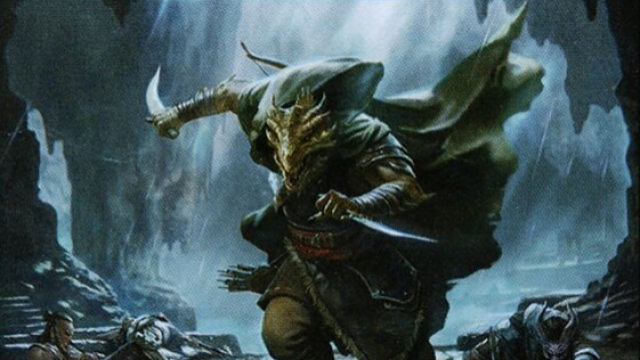
Blind Fighting gives the Ranger blindsight within 10 feet. This vision lets them see invisible creatures or creatures that are behind anything except total cover, even while blind.
While thematically appropriate for the blind wanderer or Ranger who can simply sense the air, this Fighting Style suffers in two different ways.
The first is how situational it is. While many creatures do use tactics like hiding, Darkness, or Invisibility in combat, not all of them do. This feat, therefore, only comes up in fights where you need to find hidden creatures quickly. And if you really need to find those creatures, the Ranger has a spell list with a few tools to help you clear darkness or locate invisible creatures.
The second is how small the range is. Rangers naturally lean towards the bow, crossbow, or thrown weapon options. So, 10 feet isn’t really close enough to see an enemy who isn’t already in your danger zone.
If you want to do a melee build for Ranger, it is crucial that you choose a Fighting Style that helps that goal. Rangers are in dire need of the damage from features like Dueling or Two-Weapon Fighting—or the durability from Defense. You can’t afford a feature that is only occasionally handy.
6. Druidic Warrior
Druidic Warrior grants the Ranger two cantrips from the Druid spell list. You can also trade these cantrips out once per level.
Druidic Warrior suffers just a bit from the Ranger’s spell list. Hunter’s Mark, the Ranger’s bread-and-butter, only triggers its bonus damage on weapon attacks. While Produce Flame’s 4d8 might beat out a Ranger’s two Longbow shots (of 2d8+10) on paper, it certainly won’t with Hunter’s Mark online.
However, you could use this feature for a weird Wisdom-based Ranger that uses Shillelagh and knows Guidance. That’s hilarious, but at that point, you probably just want to play a Druid. This feature is a bit more interesting for developing utility cantrips. Thunderclap can handle crowds, for example, while Guidance is great for out-of-combat situations.
Or you can just multiclass a level into a Druid and get some of the same benefits rather than losing a Fighting Style for it.
5. Dueling
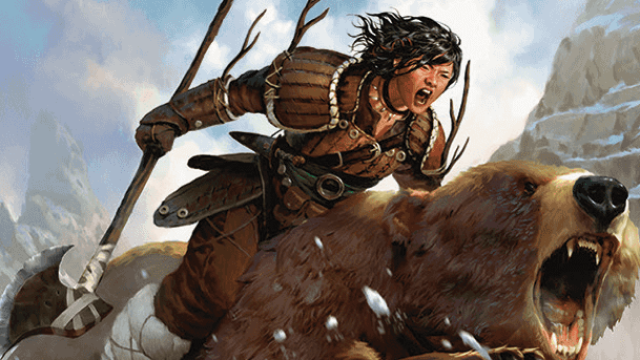
Dueling increases the damage dealt with weapons in one hand by two. The bonus damage is voided if you wield it in two-hands or have another weapon in hand, but you can hold objects like shields or use items in your free hand just fine.
Dueling is popular with Fighters since they benefit a lot from the bonus damage. They can swing three or four times in a round, meaning Dueling can grant them between six to eight damage without magical aid. That’s a significant damage increase for them. Much less so for a Ranger.
Rangers only get to swing twice by default, so Dueling only grants four damage by level five and never gets better than that. That still means they can wield a shield and do comparable damage to a Greatsword with their weapon, which is good. This is probably the preferred option for any Sword and Shield rangers.
That being said, the Sword and Shield Ranger is probably the least powerful one. You get alright AC, but not as high as a Fighter or Paladin with their full plate. You can join the frontlines with your animal companion while being protected and still dealing okay damage, which is an upside.
This is far from a bad option and likely a good choice if you are 100 percent dedicated to using a shield and a one-handed weapon. But, it suffers just a touch from the Ranger’s preferred skill sets.
4. Thrown Weapon Fighting
One of the new options from Tasha’s Cauldron of Everything, Thrown Weapon Fighting allows you to reload on thrown weapons as part of attacking while increasing the damage of thrown weapons by two.
The first part of this feat handles the huge headache of using thrown weapons in 5E. Thrown weapons require you to use your free interaction each turn to draw a new weapon. That’s okay until level five, where Extra Attack will leave you empty-handed. That forces thrown weapon builds to either find an option that returns to hand after an attack or to throw weapons only during emergencies.
Not anymore. By simply drawing weapons whenever you attack, the thrown weapon build finally has an option that doesn’t rely on Dwarven Throwers and similar weapons. They can just draw from a stock of Javelins or Handaxes.
This works great. While you’ll still want a returning magical weapon for consistent damage and ignoring damage resistances, you can survive in the early game with a backpack full of Handaxes. As long as a few of them are magical, you can do some damage early in the fight, so you’re not exactly out of options.
The wording of the damage bonus on this feature makes it stack with a few other Fighting Styles that you can get from multiclassing. By going a level into Fighter, for instance, you can access Thrown Weapon Fighting and Two-Weapon Fighting to deal massive damage with offhand weapon tosses, or you can use Archery to deal additional damage—and have additional accuracy—with ranged thrown weapons like Darts.
This is a really cool, multifaceted feat that is build-defining but fails to solve all of thrown weapon’s many flaws.
3. Defense
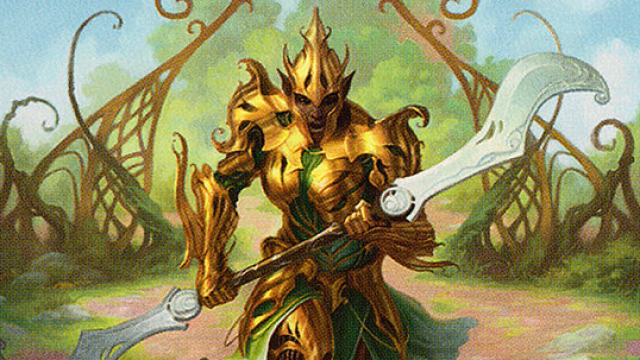
Defense improves your armor class by one while armored. This very simple Fighting Style isn’t horrifically impactful, only giving you another five percent chance to avoid damage from attacks.
That’s still pretty good. A five percent chance to not get domed by an Ogre or to dodge strong magical attacks like Scorching Rays or Wall of Light is worth considering. Rangers tend to have very slightly lower AC than their martial contemporaries, so this can catch you up.
The more important part of Defense is how universal it is. For a Ranger who plans on going with the flow—just equipping whatever magic weapon is around—Defense works the same for every single build. Unless your Ranger doesn’t feel like wearing Studded Leather or something. Whether you’ve got a bow in hand or two axes in your grip, this Fighting Style will never lose its effectiveness.
It’s even worth considering over Dueling, just because the improvement to defense is so good for the Ranger.
2. Two-Weapon Fighting
Two-Weapon Fighting allows the Ranger to add their ability score modifier to damage with off-hand attacks. For example, normally, an off-hand attack with a Shortsword just does 1d6 damage. So, this feature can make that 1d6+3 if you have 16 Dexterity.
Two-Weapon Fighting will normally provide a plus-five to damage by level eight, making it more impactful than Dueling by default. In addition, Rangers really benefit a lot from off-hand attacks. With Hunter’s Mark online, you really want to swing as many weapons as possible. If that weapon did up to five additional damage, you certainly wouldn’t be wanting for damage.
This feat is a must-have for subclasses that don’t have many uses for their bonus action, like the Hunter. However, since Two-Weapon Fighting does eat up the bonus action, some subclasses can’t realistically make use of this. Make sure that subclass isn’t yours before dedicating yourself to dual-wielding.
1. Archery
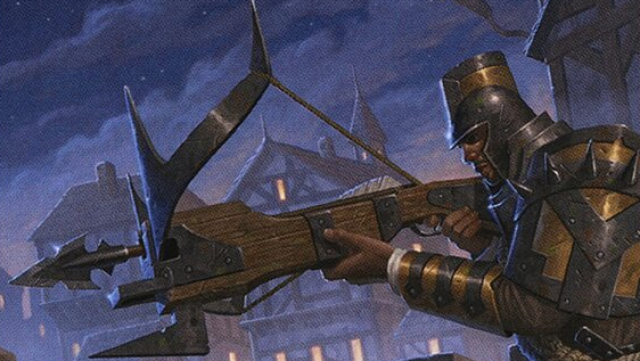
Archery is the best Fighting Style for Rangers. It provides a plus-two to attack rolls with ranged weapons. That’s it, but that’s all it needs.
Bonuses to attack rolls aren’t exactly easy to get in DnD 5E. Spells like Bless from the Cleric remain strong options into the endgame due to the bonus to attack rolls improving consistency and overall damage. So, getting a permanent plus-two means you are so likely to land attacks that you can basically count on it.
Archery works perfectly with the best ranged attack feats, Crossbow Mastery and Sharpshooter. Crossbow Mastery’s bonus action and solid damage potential are very much reliant on landing attacks. And Sharpshooter’s massive penalty to attack rolls is almost halved by Archery alone—if Sharpshooter just said “minus-three to attack and +10 to damage with ranged attacks,” it’d be unstoppable.
While Rangers are always more than just a bow and arrow, this Fighting Style makes choosing something other than a bow difficult. Double-check your party’s plan of attack before shirking this excellent Fighting Style.


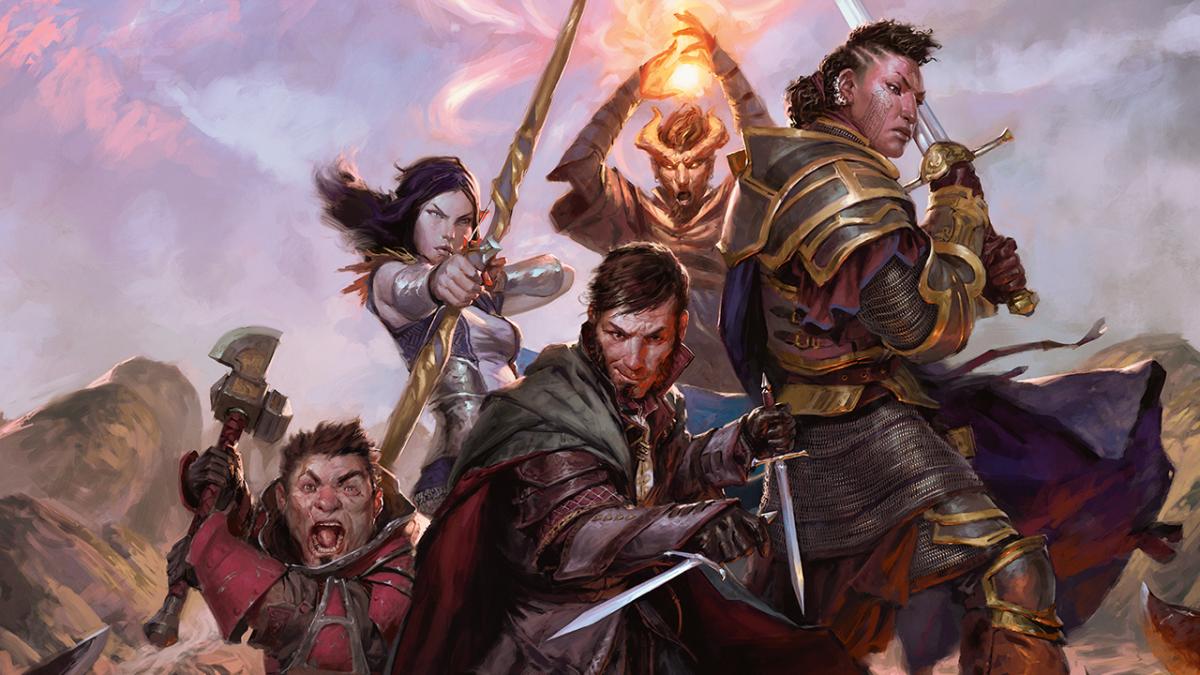

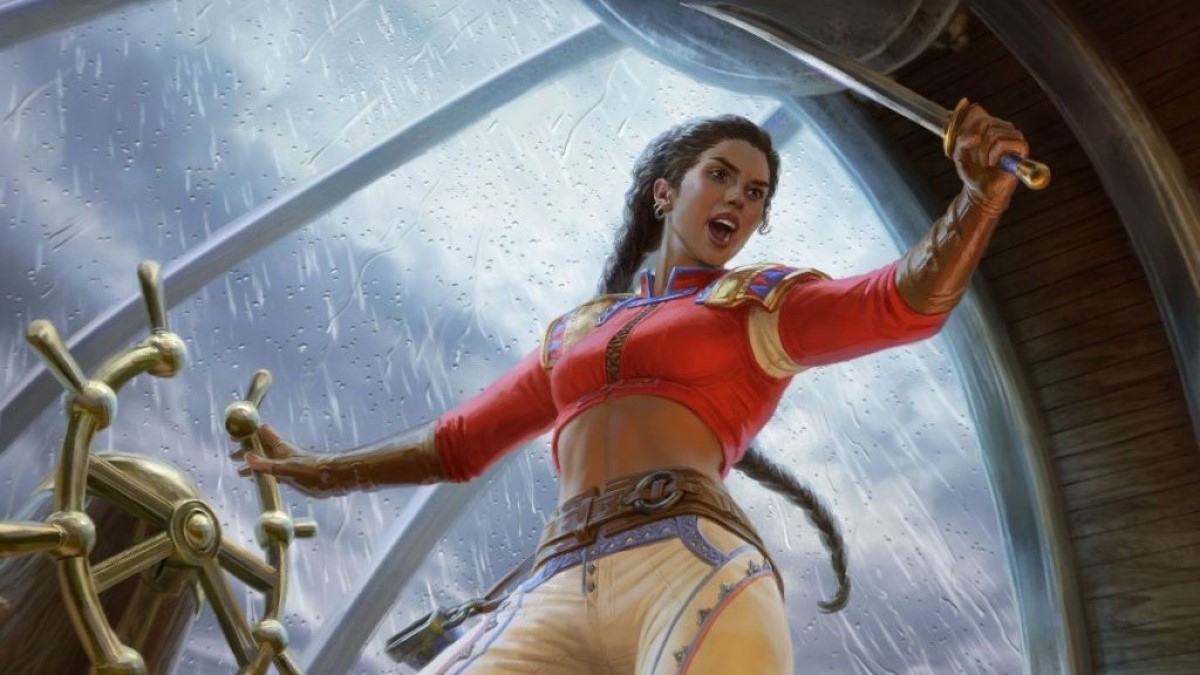
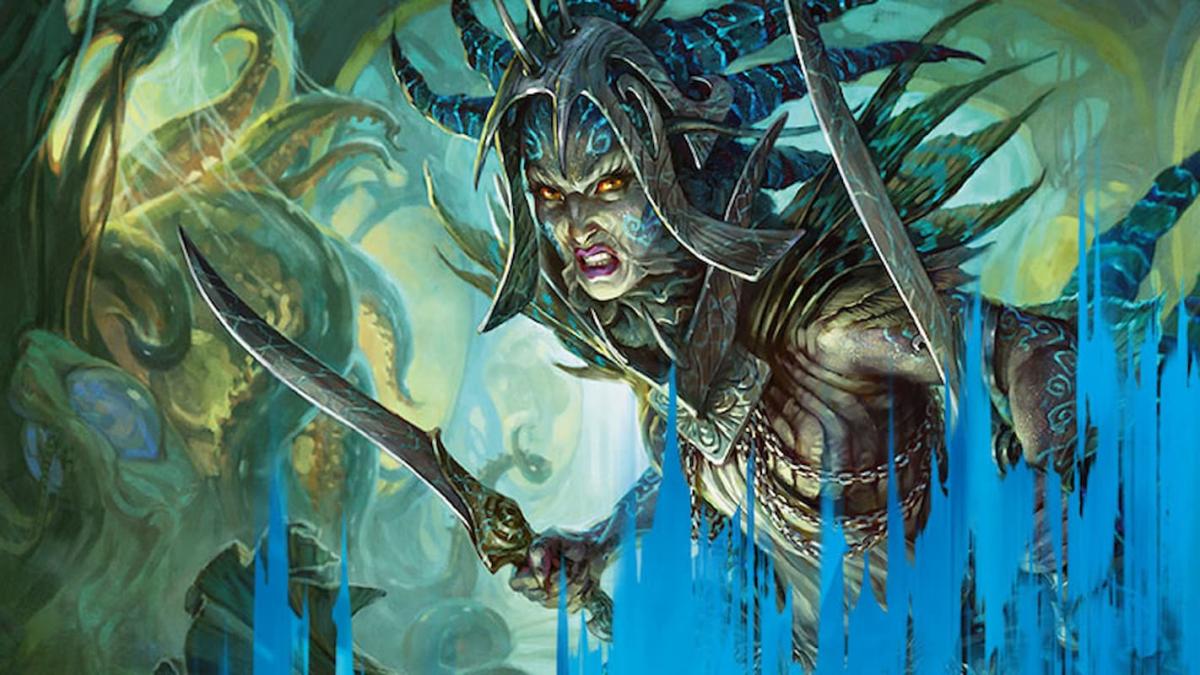
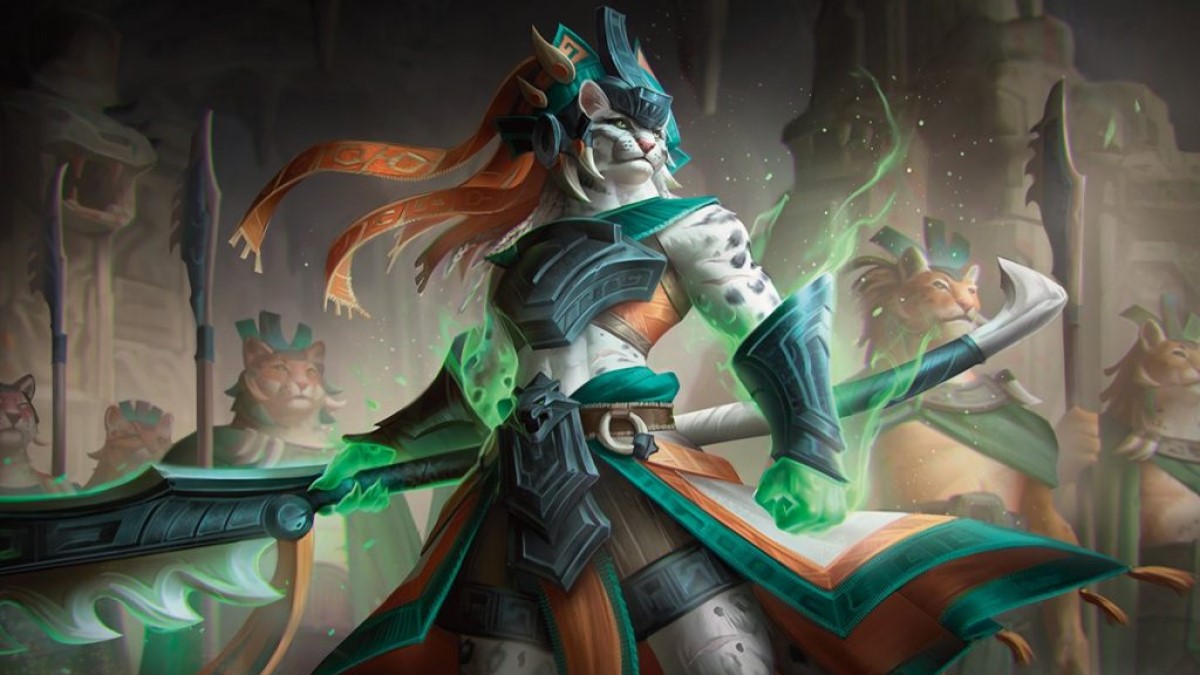
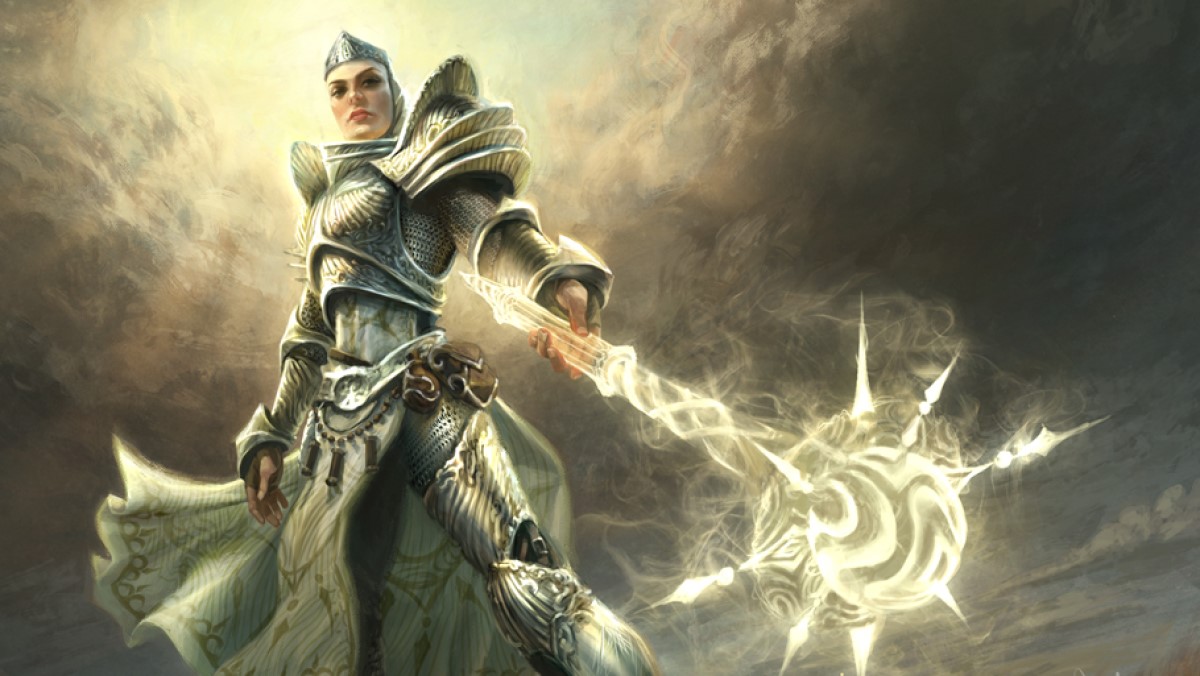

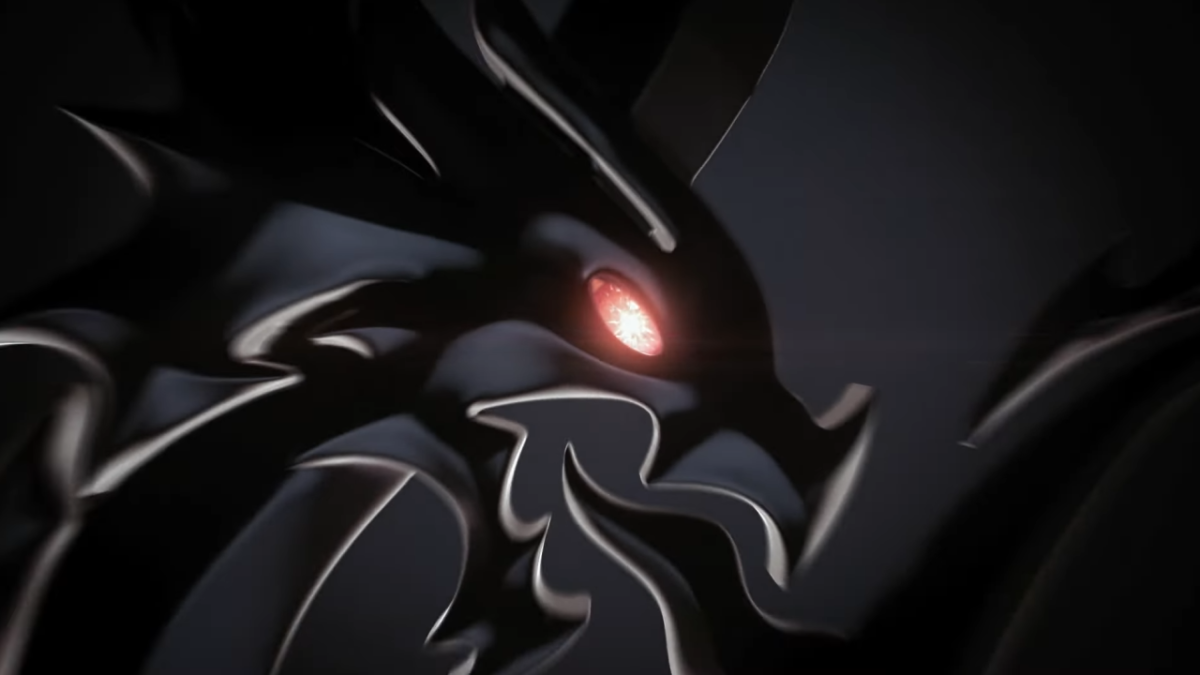

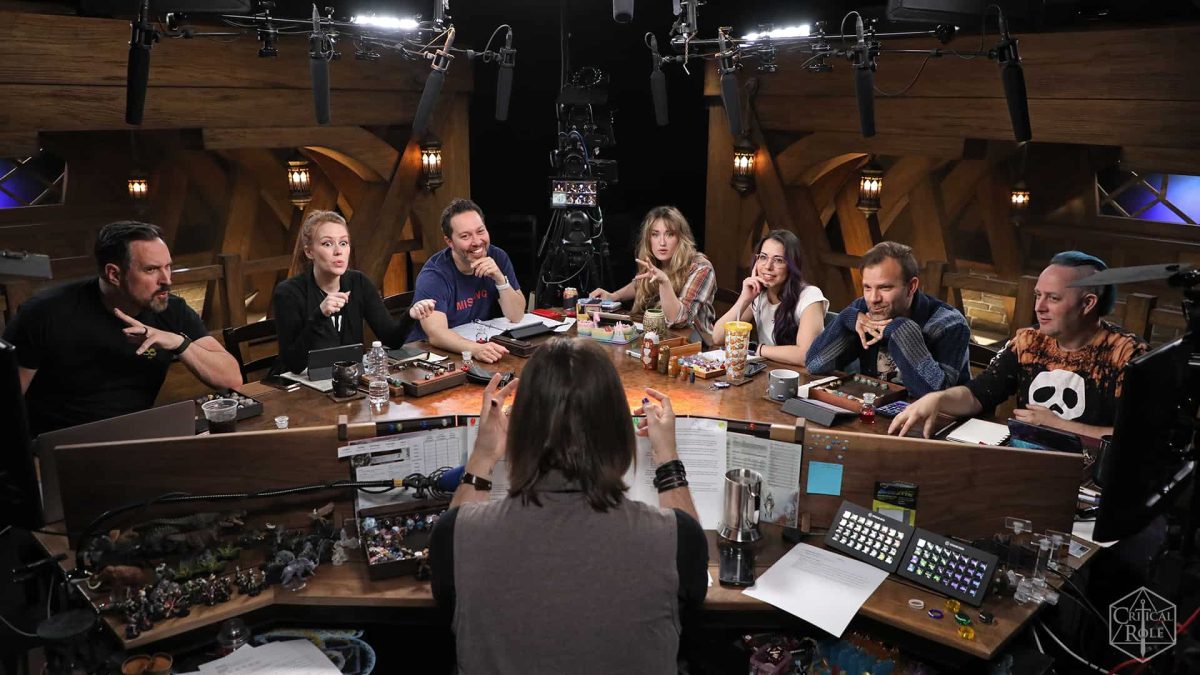
Published: Oct 8, 2023 10:18 am